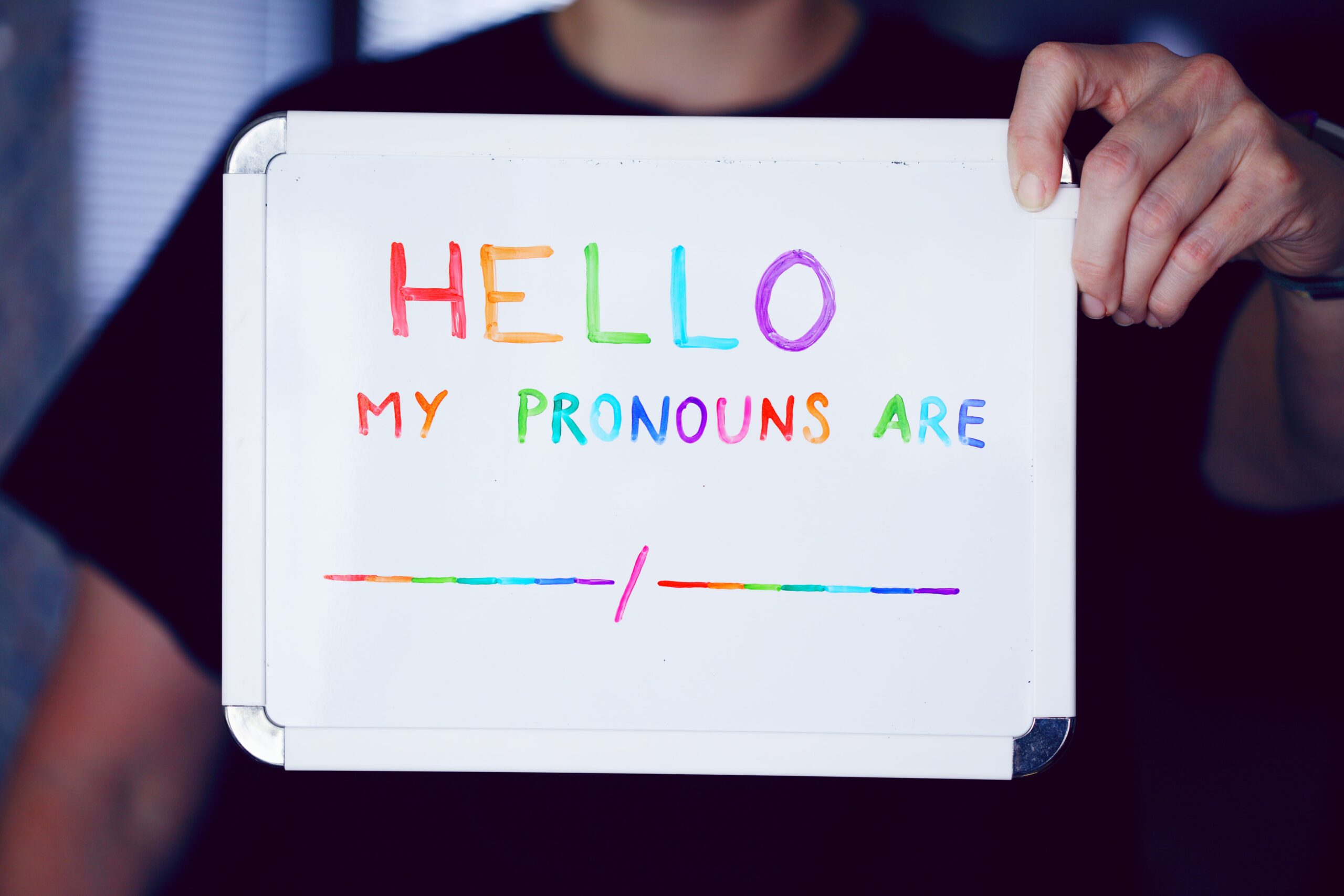

Empathy is the most important tool that we have as writers, designers, teachers, and humans. Inclusive writing allows us to directly connect to our audience without excluding anyone. It’s important that we not only know our audience but understand them on such a deep level that we can anticipate their every need. Empathy empowers us, our users, our product, and the overall user experience.
We all get this. As UX writers, we always try to tune in into people’s feelings and keep their needs in mind.
However, it’s so important that we don’t forget about the needs of all of our users from every background, education level, ability, culture, and identity.
To make our intended impact and build trust with our customers, here are key things that we need to take into account when making our products and the user experience welcoming to everyone that uses it:
In our everyday lives and therefore in our professional work, we all hold biases that affect our work whether we like it or not. We all have privileges that affect the way we approach our work and we need to do the inner work to recognize, be aware of our biases, and address them.
98% of our thinking happens in our subconscious mind and that’s where we store our biases, whether we’re aware of them or not. Unconscious bias is the result of the brain working automatically to make decisions without thinking. Since it’s automatic, our brain naturally deflects to what we know.
This doesn’t make you a terrible person—it makes you human. It’s important to recognize these biases and privileges and use this acknowledgment to change our practices to incorporate inclusive writing for all users.

As you’re writing to meet the needs of your users, you can’t forget to make sure that your copy is accessible and inclusive to all users. Diversity is important to include in our writing.
Diversity includes differences in experiences and these experiences can shape user’s different perspectives and thoughts. These experiences can be due to multiple factors including but not limited to: race, ethnicity, gender, sexuality, ability/disability, and education level.
We need to make sure that we’re writing for users who are not caucasian, male, Americans (the population that most copy is currently written for).
Here are simple ways that we can stray away from writing just for that small population of users:
We also need to keep in mind users who may not have had access to quality education or those who may not have had access to education through their teens and beyond. The reality of this world is that where you’re born (location-wise and economic class) can determine the quality of education you receive. Because of this, we need to make sure that we:
We need to make sure that we’re creating products that are accessible to users who have impaired vision. As UX writers, we can make our products accessible by providing alt-text or accessibility texts.
There are three main ways that we can address accessibility as UX writers:
We can’t forget about screen-reader-only text or alt-text when we’re writing copy for products. Wherever an image or icon appears in your product, you should have alt-text available to those who can’t see that graphic.
Along with adding alt-text, another practice that you should implement is being explicitly clear about your buttons and call to actions. Instead of just writing “Cancel” on a button, make sure you describe what you’re cancelling. “Cancel subscription” helps users understand exactly what will happen if they press that button. It helps ease worry as well as empowers them to take actions that they want to take.
 Writing for transgender users
Writing for transgender usersAs we continue to focus on inclusive writing, we need to make sure that we are writing copy based on everyone’s user experience. It’s important to keep in mind transgender individuals who will be using and reading our products. In the world of UX writing, there are easy changes we can make that will go a long way:
We must remind ourselves throughout our practice why we write to begin with: to create an empathetic experience for all users. Practicing incorporating inclusive writing takes dedicated, conscious effort to make sure we aren’t leaving anyone out, and that work begins with ourselves. After all, there is no inclusive way to give words to problematic thoughts.
We need to continue to push and move our field forward to always do the best we can for each and every one of our users no matter who they are, where they come from, and what their abilities are.
Kaitlyn Lucklow is a UX writer at Cvent. You can connect with them on LinkedIn.

Explore our accessibility and localization training:
Get our weekly Dash newsletter packed with links, regular updates with resources, discounts, and more.
